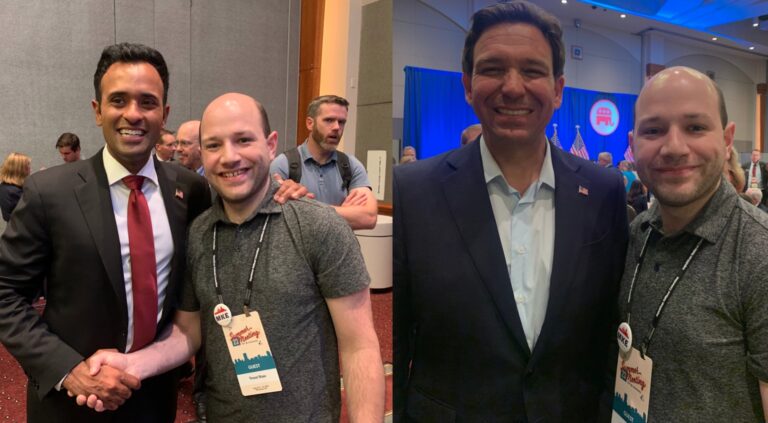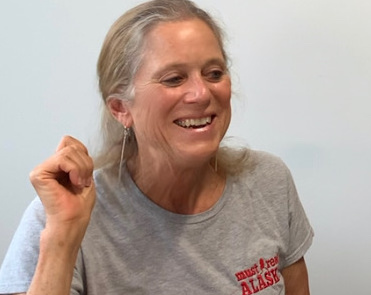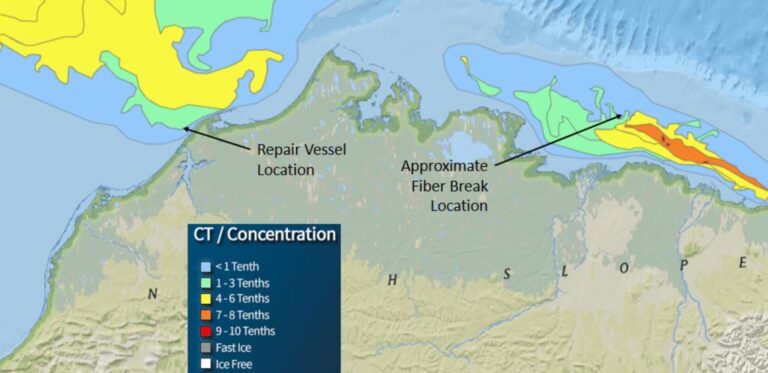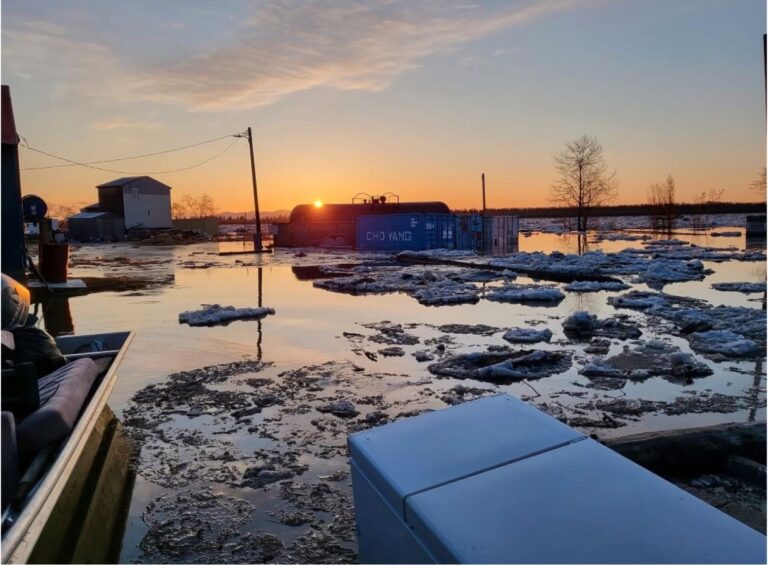By ALEX GIMARC
Now that we are a couple of weeks past the devastating wildfire that roared through Lahaina on Aug. 8, we have a clearer picture of what happened, and can start the discussion on why it happened.
I’ll frame this initial discussion in terms of investigating aviation accidents, introducing the notion of chain of events.
The chain of events is a sequential list of things that had to happen for the aircraft to crash. The thinking is that if you disrupt that chain anywhere, cause one thing not to happen when it did happen, no accident.
In the real world, if you disrupt one chain, you always set the stage to forge another link that will complete the chain in another way, leading to another similar accident.
Let’s take a look at the Maui fires and see if we can identify any links in the chain. Interestingly, all of these links have some sort of government involvement, taking us full circle back to the notion of Death by Government.
What happened? August was a rough month across Hawaii with multiple wildfires breaking out. Most were contained by Aug 4. The fires on Maui were driven by a strong, gusty, dry downslope wind. Wind warnings were issued on Aug 7. Fuel for the fires on Maui were grasses that had grown on abandoned pineapple plantations, which grew nicely in a wet spring.
The dry downslope winds dried the grass, downed powerlines with gusts up to and over 100 kph, sparked the conflagration, which was driven downslope into the seaside town of Lahaina.
WUWT has a good explanation of how this sort of mountain wave worked. We see this sort of thing here in Anchorage and California with downslope Chinook winds. Those winds in California drive wildfires.
The first government failure was the lack of a reasonable weather forecasting network and modeling on Maui. Such a capability exists on the Big Island and Oahu, but Maui somehow never got involved.
Once the fires were active and being driven into town, local government officials decided not to use their tsunami warning siren network. The reason? They were afraid the warning would drive fleeing residents into the flames. Why? The network had never been used to provide anything other than tsunami warning, another government failure of vision. The expected response to a tsunami warning? Get as high above sea level as possible.
This was government failure number two. Why? Once you have a siren network, you can use it for more than one thing. Gasp, who knew? All you have to do is modulate the sound, say a constant pitch for tsunami and a variable pitch for something else. Public education is important here, as if you are going to use the system for more than one thing, you really need to tell the public what that second or third reason is going to be, and what their expected response needs to be.
The network has verbiage touting multiple uses for sirens. Local government never made any attempt to use it for anything other than tsunami warning. Consider this government failure 2a.
Next up is Hawaiian Electric, which was aware of infrastructure issues that could contribute to wildfire threat but chose to focus on shifting toward renewables instead.
As far back as 2019, it had concluded that it needed to invest in preventing its power lines from emitting sparks and other wildfire risks. It studied what California had been doing and came up with a plan to replace conductors with insulated conductors and utility poles with fire resistant poles.
Over the period, it spent just a quarter million dollars on wildfire mitigation. Contrast that to 100x spent on transitioning to renewables over the same period.
Hawaiian Electric did not request permission to increase rates for wildfire mitigation until 2022. Instead, it chose to focus its resources on the state-mandated shift toward renewable energy. The statewide political focus was on renewables, so that is what they did.
There are videos of utility poles snapping off during the winds, and electric sparking as the lines came down.
For its part, the utility tried to respond quickly to downed poles, and appropriate response. But no good deed goes unpunished, as their trucks ended up blocking escape routes for those fleeing the fires. This is the third government failure, and one that should be well considered by every single electric utility currently falling kettle over teacup to change over to renewables, while ignoring the boring, mundane job of simply keeping the lights on.
Keep that in mind when the newly ensconced majorities on the Chugach Electric and MEA Boards start prattling on about net zero and carbon free electricity. What daily care and feeding of a reliable generation, transmission and distribution operation are they ignoring as they refocus in their pursuit of the new shiny? Are they reprising what Hawaiian Electric did, pursuing the politically popular goal at the expense of everything else?
Next on the hit parade of incompetence was M Kaleo Manuel, Hawaii’s DLNR Deputy Director of Water Resource Management. While based Oahu, he was in charge of approving requests to divert water statewide for emergency use. Unfortunately, being an activist, he decided his job was to “focus on bringing planning and indigenous knowledge to the fields of water advocacy and management in Hawaii.” He made public comments about water use requiring some sort of “true conversations about equity.’ How equity had anything to do with water will become apparent in a bit.
As the DLNR water guy, Manuel fielded requests early on to divert water for firefighting. His response was to demand the requestors contact downstream indigenous farmers for permission. That took five hours, by the end of which it was too late, and the hydrants were dry.
Apparently letting your neighbors burn to death is a positive lifestyle equity choice for native Hawaiians and their governmental advocates. As of this writing, due to public heat, he has been temporarily reassigned, buried in the bureaucracy until it is safe for him to crawl out from under his rock to kill again.
This is banality of evil, death due to bureaucratic inaction, government failure number four.
Here in Anchorage, the Assembly rewrote traffic laws in August for bicyclers from the perspective of equity. One of the changes allows bicyclists to blast through stop signs at intersections. The Assembly made no attempt to educate or even to persuade the general public that this was somehow a necessary and good thing. How many bikers running stop signs and red lights will end up in fatal accidents due to the Assembly’s new rules? Whatever that nonzero number is, at least equity has been served.
The final major government failure was local law enforcement blocking escape routes and keeping parents from rescuing their children at home. This is particularly heinous, with the true scope of what happened being buried behind the Blue Wall.
As of this writing, death toll is around 115, with perhaps 1,000 missing. It appears that the local government is slow-rolling release of those names although names and ages of the missing are all known. As I understand the timing, local schools in town on the beach released their students around noon due to the fire threat. Kids walked home. By the time they got home, power and communications started going down (cell, landline, TV and radio). No siren ever went off. There were no warnings received. The fires arrived and the children were burned to death at home along with their mothers (if the mothers were there).
Frantic parental attempts to drive to the homes were blocked by local law enforcement at roadblocks. As Hawaii is a high gun control blue state, generally law enforcement was armed while the public wasn’t, meaning they couldn’t force their way in.
Speculation is that local government is delaying the release of names and numbers to allow an incensed public to calm down a bit. Somehow, I don’t think that is going to work. Consider this sort of action by local law enforcement in the event of a wildfire on the Hillside. Does anyone think residents are going to sit meekly by while their homes and families burn?
Overall, this was a really ugly event, and my sense is that it is going to get worse as more information is released. Political reaction has been predictable with all the usual suspects on the left blaming the entire mess on climate change. Biden was in Maui this week making that precise case.
Bjorn Lomborg wrote in The Daily Caller Friday that politicians are hiding behind climate change to duck their responsibility for their predictable failures. Lomborg is spot on with this analysis.
Perhaps we need to take a step back and consider the enormity and utter predictability of destruction wrought by leftist governance, especially long term, entrenched Democrat governance. It is not so much that this governance is intrinsically evil. Rather, it is by its very nature, it is mind numbingly, stupefyingly incompetent.
That incompetence manifests itself by spending an inordinate amount of time on shiny objects important to leftist ideology like equity, climate change, renewables, ESG, CRT, LGBTQWTF, and the rest of their odious laundry list.
The problem is that there are only so many brain cells to go around, and when you use most of them pursuing ideological foolishness, there is not a lot of brain power remaining to take care of the day-to-day business of simply keeping the lights on and keeping people safe. And when the predictable disaster happens, those governments will always blame the other side, pointing their fingers at their political opposition backed up by lockstep cheerleading by local, statewide, and national media.
The end result of this process is the utter destruction of communities and physical cities, something we are seeing in blue cities nationwide, making them just as unlivable as the US made Hiroshima and Nagasaki 80 years ago. The difference is that it was a World War and the military attack took seconds to destroy both, while it is taking decades of political incompetence to destroy the targeted American cities.
The other difference is that the Japanese cities were rebuilt. The American cities won’t be until something fundamentally changes politically at the local level, something that may or may not happen at all. Proof of this are sections of cities that burned during the 1960s riots that have not yet been rebuilt.
With Maui, we saw a reminder of the power and destructiveness of leftist governance. Through sheer incompetence they managed to burn down a town of over 13,000, killing over 115, with another 1,000 or so missing, presumed dead.
Their excuse? Climate change, equity, not my fault, or some other smarmy excuse, things we would have dismissed outright from a 5-year-old. Yet we allow Democrats to make these excuses, aided and abetted by their media cheerleaders.
Elections are important, folks. And the very most dangerous government we know about is the long-term, entrenched blue government at the local and state level. Maui just demonstrated that. Keep this in mind during the next utility, local and state election here in Anchorage.
Alex Gimarc lives in Anchorage since retiring from the military in 1997. His interests include science and technology, environment, energy, economics, military affairs, fishing and disabilities policies. His weekly column “Interesting Items” is a summary of news stories with substantive Alaska-themed topics. He was a small business owner and Information Technology professional.













